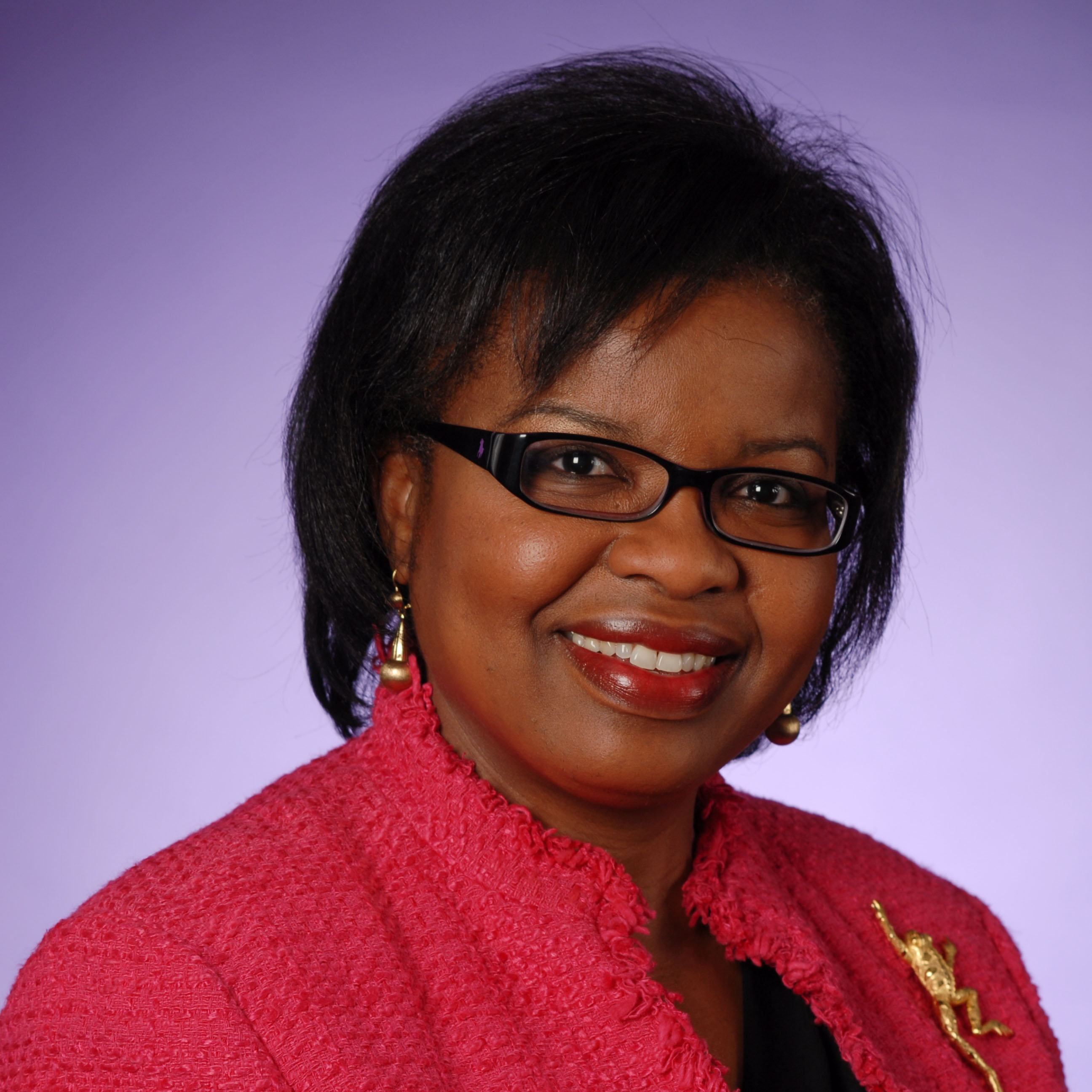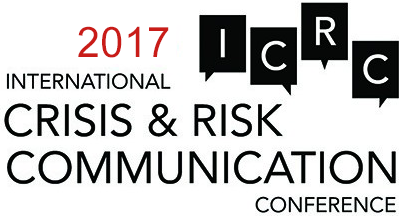
Associate Professor
Strategic Communication Department, Texas Christian University
United States of America
Amiso George is accredited in Public Relations (APR) and is a PRSA Fellow. She is an associate professor and former chair of the Strategic Communication Department and former director of the Strategic Communication graduate program also at TCU. She coaches the award-winning TCU-PRSSA Bateman and TCU VITALS campaign teams. George was former director of the Public Relations program at the Reynolds School of Journalism, University of Nevada, Reno, where she developed and taught the first course in crisis communication. She was a visiting professor of strategic communication at Swinburne University of Technology, Melbourne, Australia, in 2012. Before entering academia, George worked as a journalist and freelance broadcaster in radio and television at Nigerian Television Authority and Voice of America (Africa Service). She also served as a consultant for C-SPAN-Television, Washington, D.C. and for small to midsize organizations in the U.S. and Nigeria. In addition to journal articles and book chapters on crisis communication, she is the co-editor of Crisis Communication: An International Perspective on Hits and Misses. (Routledge/Taylor Francis 2012) and Race, Gender and Other Minorities: Readings for Professional Communicators (Cognella, 2012). She consults in risk and crisis communication.
The Ebola Virus Campaign: Needs and Uses by the Nigerian Audience
Most of the research in risk communication focuses on information dissemination; few examine how message recipients receive and use the message in decision making. This paper examines how ordinary Nigerians received information about the dreaded Ebola Virus disease and how they acted on that information during the crucial months of July to October 2014.
Risk communication is any deliberate transmission of information about the probability and consequences of unfavorable events. It is crucial in an emergency situation, because it minimizes rumors, communicates what actions to take, enables the public to respond effectively and exhibits good leadership. Studies have shown that effectiveness of risk communication is determined by the demographics of the audience, the message and source.
When Patrick Sawyer, a Liberian government official, introduced Ebola to Nigeria on July 20, 2014, the government acted swiftly to implement effective strategies and tactics to stem the spread of the disease. The Nigerian public was concerned, but quickly complied with new government health directives communicated to them via a robust risk communication campaign. This campaign engaged traditional, social and nontraditional media, international partners as well as community, traditional and religious leaders to help disseminate the risks and prevention of the Ebola virus. By October 20, 2014, exactly three months after the virus was introduced to Nigeria, the World Health Organization (WHO) declared Nigeria Ebola free.
While the campaign to rid Nigeria of Ebola was successful, Nigeria is a multi ethnic country where religion, social, cultural and political elements affect how risk is communicated and how the public acts on the information. Studies have shown that the demographics, personality, lived experience and ideology influence effectiveness of risk communication. Information source must be trusted for a risk message to be effective. Trust is based on the assumption that the source is an expert and unbiased. However, in Nigeria, the source must also be someone with whom the audience shares an ideology, a religion or ethnicity.
Through purposeful sampling, 30 ordinary Nigerians, especially in Lagos and Port Harcourt, the epicenters of the Ebola Virus disease, would be identified and interviewed to ascertain how and where they got information about Ebola and how they acted on it. Participants would be contacted through religious leaders (pastors), medical professionals and community leaders. The interviews would be conducted via phone, in person and email. The questions that would be asked are:
How did they get the Ebola message?
Did they trust the source of the message?
How useful or not was the information in their decision making about Ebola prevention?
Using Blumler & Katz’s U&G theory, Veil, Reynolds, Sellnow & Seegar’s CERC theory and Dervin’s sense-making approach to analyze the data, this research does not intend to generalize its findings to the population. It is qualitative and examines the sense-making process of a small number of participants. Their lived experiences during the Ebola period, their interpretations and use or non use of the messages in decision making and the impact it had on them would influence the results significantly.


